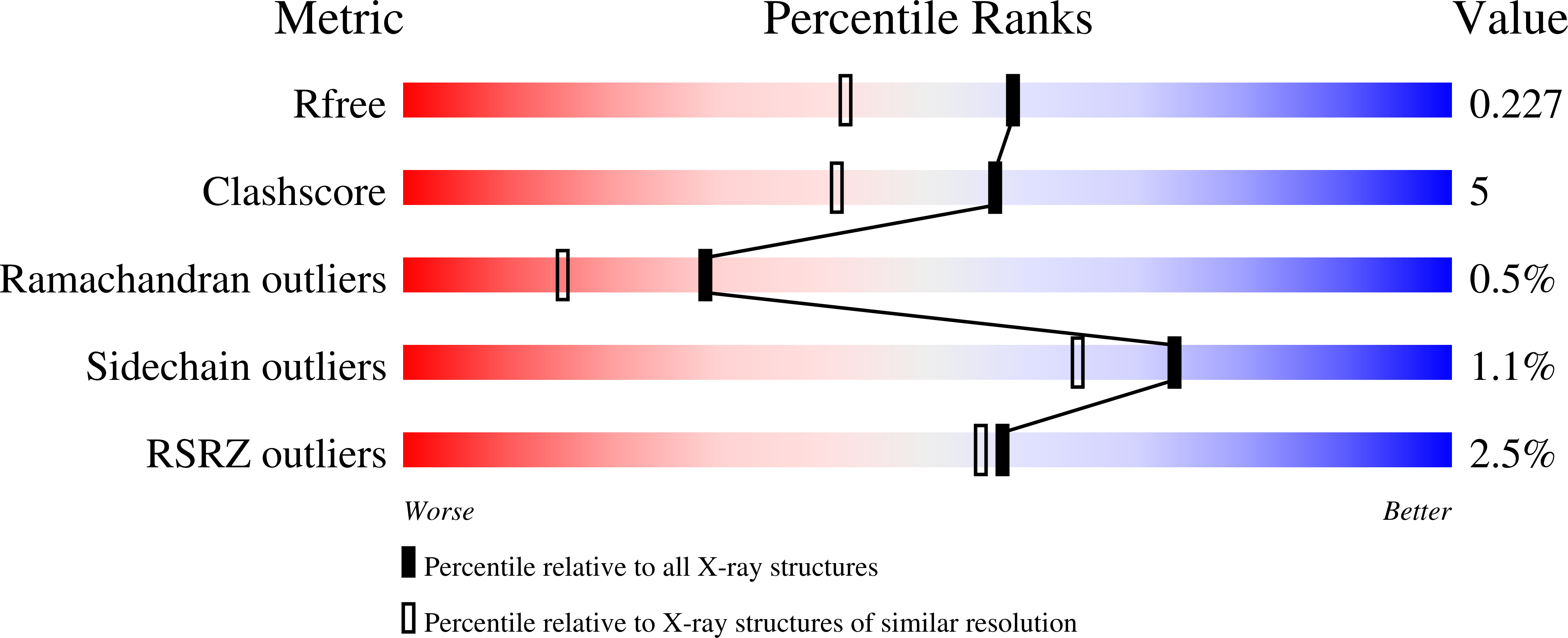
Deposition Date
2020-07-15
Release Date
2021-07-14
Last Version Date
2023-10-18
Entry Detail
PDB ID:
6XSA
Keywords:
Title:
Crystal structure of human Vps29 complexed with RaPID-derived cyclic peptide RT-L2
Biological Source:
Source Organism:
Homo sapiens (Taxon ID: 9606)
synthetic construct (Taxon ID: 32630)
synthetic construct (Taxon ID: 32630)
Host Organism:
Method Details:
Experimental Method:
Resolution:
1.83 Å
R-Value Free:
0.22
R-Value Work:
0.19
R-Value Observed:
0.19
Space Group:
P 21 21 21


